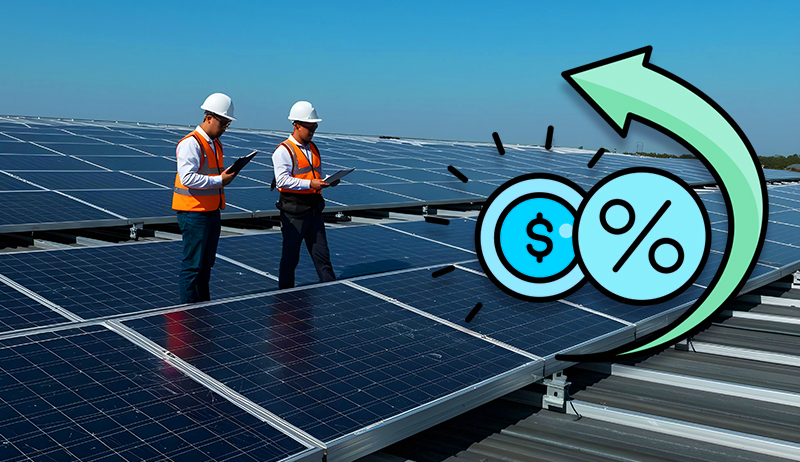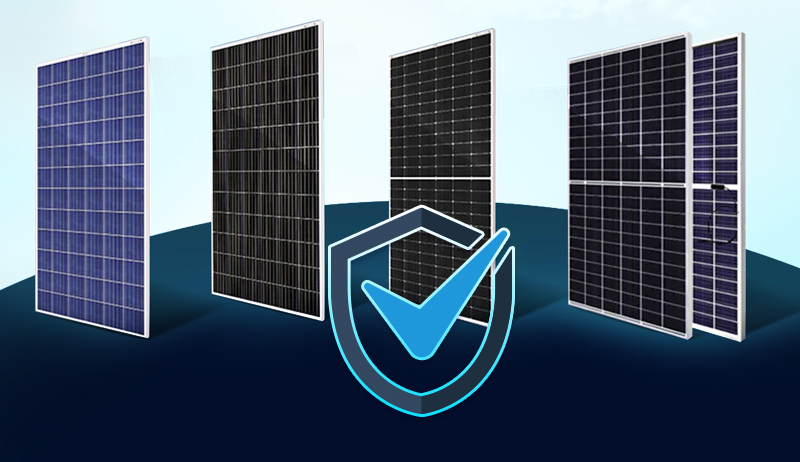Introduction ITM Power Company Reviews
ITM Power is a British company that specializes in hydrogen energy solutions. They are known for developing and manufacturing hydrogen electrolyzers, which are used to produce green hydrogen by splitting water into hydrogen and oxygen using renewable energy sources.
ITM Power’s technology is often used in various applications, including energy storage, fuel cell vehicles, and industrial processes. For the most up-to-date information and reviews about ITM Power, I recommend checking their official website and recent news sources.
ITM Power History
Here’s a brief overview of their history up to that point:
1. Founded: ITM Power was founded in 2001 by Dr. Graham Cooley and Professor Roger Putnam. The company was established with the goal of developing hydrogen electrolysis technology for the production of green hydrogen.
2. Early Development: In its early years, ITM Power focused on research and development to create efficient and cost-effective hydrogen electrolyzers. Their technology aimed to use renewable energy sources, such as wind and solar power, for hydrogen production.
3. Product Development: Over the years, ITM Power developed various electrolyzer products suitable for different applications, including industrial use and fuel cell vehicles. They also worked on developing hydrogen refueling stations.
4. Partnerships and Projects: ITM Power collaborated with other companies and institutions on numerous projects aimed at advancing hydrogen technology. They participated in initiatives related to renewable energy integration and hydrogen storage.
5. Expansion: The company experienced growth and expanded its presence, both in the United Kingdom and internationally, as interest in hydrogen as a clean energy source increased.
ITM Power Vision and Missions
ITM Power’s vision and mission were centered around advancing the use of green hydrogen as a clean and sustainable energy source. Their vision and mission may have evolved since then, but here’s a general idea of what they aimed to achieve:
Vision
To be a leading global provider of hydrogen energy solutions that contribute to a clean and sustainable future.
Mission
To develop and commercialize hydrogen electrolysis technology and associated products that enable the production of green hydrogen.
They aimed to do this by:
1. Creating Sustainable Hydrogen: ITM Power’s mission was to develop and manufacture efficient electrolyzers that use renewable energy sources, like wind and solar power, to produce green hydrogen. They aimed to play a key role in the transition to a low-carbon economy.
2. Promoting Hydrogen Adoption: They sought to promote the adoption of hydrogen as an environmentally friendly energy carrier, with applications in various sectors, including energy storage, transportation, and industry.
3. Collaboration and Innovation: ITM Power collaborated with partners and engaged in research and innovation to advance hydrogen technology and make it more accessible and cost-effective.
4. Expanding Globally: They aimed to expand their presence and influence in the global hydrogen market, working with governments, industries, and other stakeholders to drive the adoption of green hydrogen.
ITM Power Profile
Here’s a profile of ITM Power:
Company Name: ITM Power
Headquarters: Sheffield, United Kingdom
Founders: Dr. Graham Cooley and Professor Roger Putnam
Overview
ITM Power is a British company specializing in hydrogen energy solutions. They are known for their expertise in hydrogen electrolysis technology, which is a key component in the production of green hydrogen. Green hydrogen is produced by splitting water into hydrogen and oxygen using renewable energy sources, making it a sustainable and clean energy carrier.
Key Activities and Products
ITM Power’s core activities and products include:
1. Hydrogen Electrolyzers: They develop and manufacture hydrogen electrolyzers that use electricity from renewable sources to split water into hydrogen and oxygen. These electrolyzers are designed for various applications, from industrial use to refueling stations for fuel cell vehicles.
2. Hydrogen Fueling Stations: ITM Power has been involved in the deployment of hydrogen refueling stations, which are essential for fuel cell vehicles. They aim to support the growth of the hydrogen transportation sector.
3. Green Hydrogen Production: The company focuses on the production of green hydrogen as a clean and sustainable energy source. Their technology is used in the generation of hydrogen for a wide range of applications.
4. Partnerships: ITM Power collaborates with a variety of organizations, including government bodies, research institutions, and industrial partners, to advance the development and adoption of hydrogen technology.
ITM Power Board Of Directors
ITM Power had a board of directors that may have changed since then.
Here’s a general overview of the board of directors as of that time:
1. Dr. Graham Cooley – CEO and Managing Director: Dr. Graham Cooley was one of the founders of ITM Power and served as the CEO and Managing Director. He played a key role in shaping the company’s direction.
2. Roger Putnam – Non-Executive Chairman: Professor Roger Putnam was another co-founder and served as the Non-Executive Chairman of the board. He provided strategic guidance and leadership.
3. Andy Allen – Non-Executive Director: Andy Allen was a Non-Executive Director who brought his expertise to the company’s governance and decision-making processes.
4. Aneel Gill – Finance Director: Aneel Gill was the Finance Director responsible for the company’s financial operations and management.
5. Rachel Smith – Non-Executive Director: Rachel Smith served as a Non-Executive Director, contributing to the company’s strategic development and governance.
ITM Power Product
ITM Power was known for developing and manufacturing hydrogen electrolysis technology and associated products.
Here are some of the key products and solutions offered by ITM Power:
1. Hydrogen Electrolyzers: ITM Power produces hydrogen electrolyzers, which are devices that use electricity to split water into hydrogen and oxygen. Their electrolyzers are designed to operate using renewable energy sources, such as wind and solar power, making them crucial for the production of green hydrogen.
2. Hydrogen Refueling Stations: ITM Power has been involved in the deployment of hydrogen refueling stations, which are essential for fueling hydrogen-powered vehicles, including fuel cell electric vehicles (FCEVs). These stations help support the growth of the hydrogen transportation sector.
3. Electrolyzer Stacks: The company provides electrolyzer stack modules that can be integrated into various applications, such as industrial processes, energy storage, and power-to-gas projects.
4. Hydrogen Generation Systems: ITM Power offers complete hydrogen generation systems, which include electrolyzers, hydrogen purification, and compression equipment. These systems are designed for industrial and commercial use, as well as renewable energy integration projects.
5. Power-to-Gas Solutions: ITM Power’s technology can be used in power-to-gas applications, where excess renewable energy is used to produce hydrogen. This hydrogen can then be stored and utilized as a clean energy source when needed.
ITM Power Manufacturer’s and Hydrogen Distribution
ITM Power is primarily focused on manufacturing hydrogen electrolyzers and related hydrogen energy solutions. They specialize in the production of green hydrogen through electrolysis, which involves splitting water into hydrogen and oxygen using electricity, often from renewable sources. While ITM Power is involved in the production of hydrogen, they typically focus on the generation of hydrogen rather than its distribution.
Hydrogen distribution typically involves transporting and delivering hydrogen to end-users or applications, such as fueling stations for hydrogen-powered vehicles or industrial processes. This aspect of the hydrogen value chain often involves logistics, infrastructure, and partnerships with companies specializing in hydrogen storage and transportation.
ITM Power International Projects
ITM Power had been involved in various international projects related to hydrogen production and green energy solutions.
Here are a few examples of their international projects:
1. Germany: ITM Power collaborated on projects in Germany to advance hydrogen technology, including the development of hydrogen refueling stations to support the growing market for fuel cell vehicles.
2. France: The company was involved in hydrogen initiatives in France, where they worked on projects related to renewable hydrogen production and storage.
3. Australia: ITM Power had a presence in Australia and participated in projects focused on renewable hydrogen production and integration into the energy sector.
4. Netherlands: They worked on projects related to hydrogen production and storage in the Netherlands, a country that has been actively exploring hydrogen as a clean energy carrier.
Conclusion for ITM Power Company Profiles Reviews
ITM Power is a British company that specializes in hydrogen energy solutions, primarily focusing on the development and manufacturing of hydrogen electrolyzers and associated products.
The company was known for its commitment to advancing green hydrogen technology, promoting its use in various applications, and participating in international projects.
ITM Power’s history included years of research and innovation, with a mission to contribute to a clean and sustainable energy future. The company has been involved in the production of green hydrogen, hydrogen refueling stations, and electrolyzer stack modules. They have worked on international projects in countries such as Germany, France, Australia, and the Netherlands.
While specific details, reviews, and market share data may have evolved since my last update, ITM Power’s commitment to clean energy and green hydrogen technology remained a central aspect of their profile. For the most current information, reviews, and market share data, I recommend visiting their official website and consulting recent news and industry reports.
https://www.exaputra.com/2023/10/itm-power-company-reviews.html
Renewable Energy
Meat–It’s What’s for Dinner, if You Don’t Care about the Animals or the Planet
 We often hear meat-eaters say things like, “If beef isn’t good, why do the manufacturers of plant-based burgers try so hard to make their burgers taste like real meat?”
We often hear meat-eaters say things like, “If beef isn’t good, why do the manufacturers of plant-based burgers try so hard to make their burgers taste like real meat?”
There is no doubt that cow and pig meat tastes and smells great; every vegan on Earth will tell you that.
The problem lies elsewhere, in a) the environmental impact of clearing the rainforests to make room for more cows, and b) the cruelty inherent in factory farming and the slaughtering of the animals.
Meat–It’s What’s for Dinner, if You Don’t Care about the Animals or the Planet
Renewable Energy
FAQs: Your Most Common Commercial Solar Questions Answered
The post FAQs: Your Most Common Commercial Solar Questions Answered appeared first on Cyanergy.
https://cyanergy.com.au/blog/faqs-your-most-common-commercial-solar-questions-answered/
Renewable Energy
Socialism and Autocracy
 20th Century Austrian-American economist and devout anti-communist Ludwig von Mises clearly believed what he said at left, and there were plenty of examples in the 1900s to support his concept.
20th Century Austrian-American economist and devout anti-communist Ludwig von Mises clearly believed what he said at left, and there were plenty of examples in the 1900s to support his concept.
Now, 50 years after his death, we wonder what he would think about today’s United States.
The U.S. has an economy that’s as close to unadulterated capitalism as anyone could imagine, but we have a president who is most definitely an authoritarian, a would-be dictator.
-
Climate Change4 months ago
Guest post: Why China is still building new coal – and when it might stop
-
Greenhouse Gases4 months ago
Guest post: Why China is still building new coal – and when it might stop
-
Climate Change2 years ago
Spanish-language misinformation on renewable energy spreads online, report shows
-

 Greenhouse Gases2 years ago
Greenhouse Gases2 years ago嘉宾来稿:满足中国增长的用电需求 光伏加储能“比新建煤电更实惠”
-
Climate Change Videos2 years ago
The toxic gas flares fuelling Nigeria’s climate change – BBC News
-

 Climate Change2 years ago
Climate Change2 years ago嘉宾来稿:满足中国增长的用电需求 光伏加储能“比新建煤电更实惠”
-

 Carbon Footprint2 years ago
Carbon Footprint2 years agoUS SEC’s Climate Disclosure Rules Spur Renewed Interest in Carbon Credits
-
Climate Change2 years ago
Why airlines are perfect targets for anti-greenwashing legal action

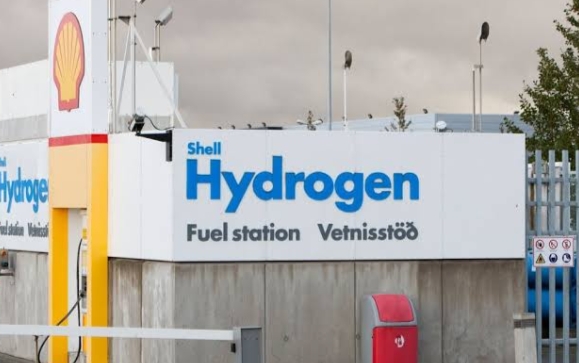


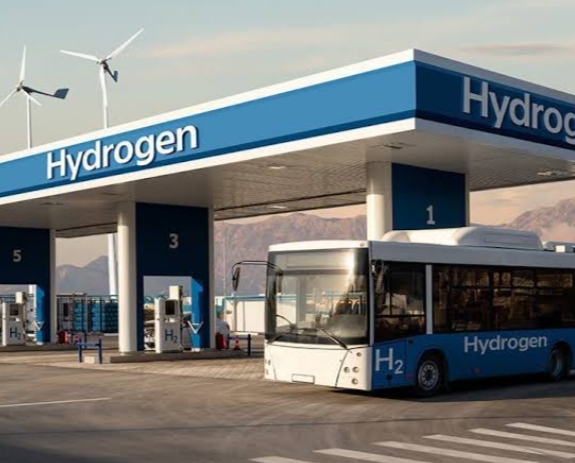







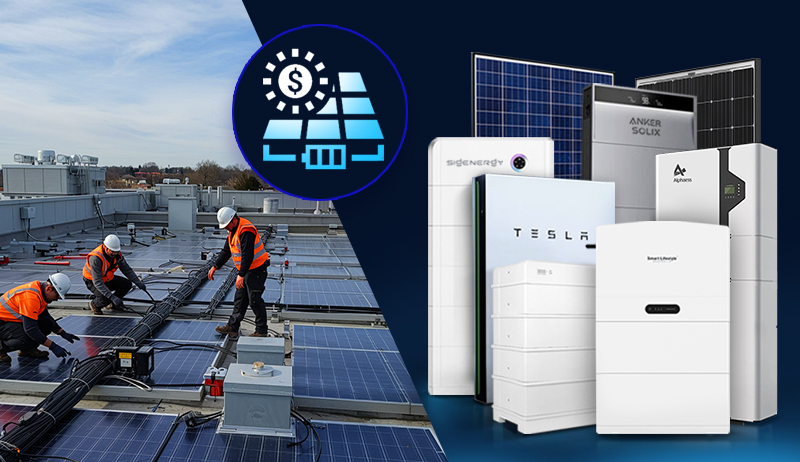
 Full energy assessment
Full energy assessment